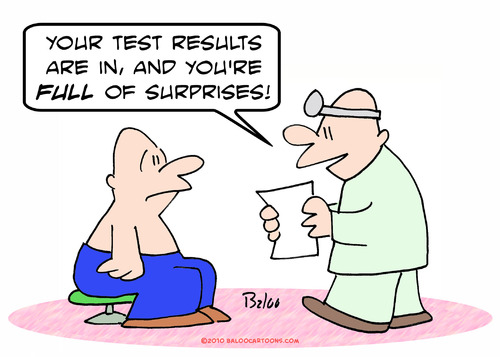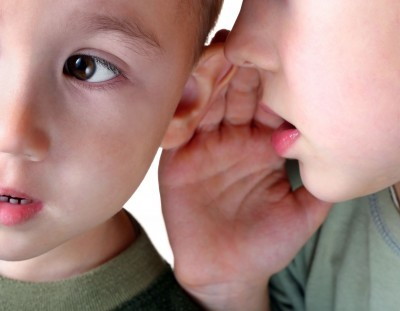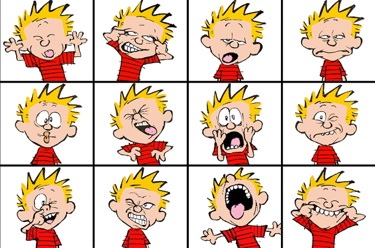Speech Therapy Jargon: Diagnosis
Previously, Speech Buddies has posted quick reference guides to some of the commonly used speech therapy acronyms, as well as speech and language terms. Here’s a another reference guide to some of the oft-used diagnostic terms in speech therapy. Use this guide to muddle through some of the language that you might come across when reading about your child’s speech disorder. Just try not to acquire a bit of hypochondria in the process. Just because your child has an extreme fondness for sugary cereals doesn’t mean he has an eating disorder, for example. Likewise, just because your child might pronounce “watah” instead of “water” does not necessarily mean that he has an articulation disorder. Always consult your child’s speech-language pathologist or his pediatrician if you’re unclear about any speech-language pathology or medical terms.
Aphasia
Aphasia refers to impaired language abilities as a result of brain damage, often from a stroke or traumatic brain injury (TBI). Aphasia can affect speaking, reading, writing, and listening skills. It may range from mild to severe.
Articulation Disorder
An articulation disorder is a speech sound disorder in which the patient has difficulty making sounds. Certain sounds may be omitted or improperly altered. A patient may also substitute sounds (“wabbit” instead of “rabbit”) or add sounds improperly to words. Young children will typically display articulation issues, but they are expected to “grow out of it” by a certain age.
Auditory Comprehension
Auditory comprehension is the understanding of verbal language with and without nonverbal cues. For example, a child may struggle to understand a teacher’s directions in a very noisy classroom. He may hear the speech, but fail to understand it.
Childhood Apraxia of Speech (CAS)
This is a motor speech disorder in which the brain has trouble instructing the appropriate oral structures (muscles, etc.) to form sounds and words. The difficulty with speech does not arise from poor muscle tone, or hypotonia. Children with CAS may also be sensitive with their mouths (i.e. brushing the teeth and feeding).
Dysarthria
Dysarthria is a motor speech disorder resulting from weakness or paralysis of the oral motor muscles, often following a stroke or physical injury.
Expressive Language
Expressive language is the ability to communicate verbally or nonverbally to express needs and wants. A child with an expressive language disorder may struggle with spoken or written language.
Language-Based Learning Disability
A child with a language-based learning disability might struggle with the typical writing, reading, or spelling skills that are on target for his age group. Some children might also struggle with listening comprehension or speech. This type of disability does not affect intelligence. An example of this type of disability is dyslexia.
Orofacial Myofunctional Disorders
Orofacial myofunctional disorders (OMDs) occur when the tongue moves forward in an abnormal manner during speech, swallowing, and/or at rest. This can sometimes affect speech, resulting in articulation issues.
Pragmatics
Pragmatics refers to the social context of language use, both verbal and nonverbal. For example, a child with a pragmatic language disorder may be unable to interpret facial expressions and other social cues.
Receptive Language
Receptive language is the ability to understand and interpret communication. A child might have limited speech or none at all, but he might be able to understand much of what is said to him. In this instance, he has good receptive language skills.
Selective Mutism
Selective mutism refers to mutism, or the cessation of speech, in certain social situations. A child with selective mutism may speak perfectly well at home, but cannot speak at all in other environments like his preschool. It is not a voluntary condition; that is, the child is not simply refusing to speak.





